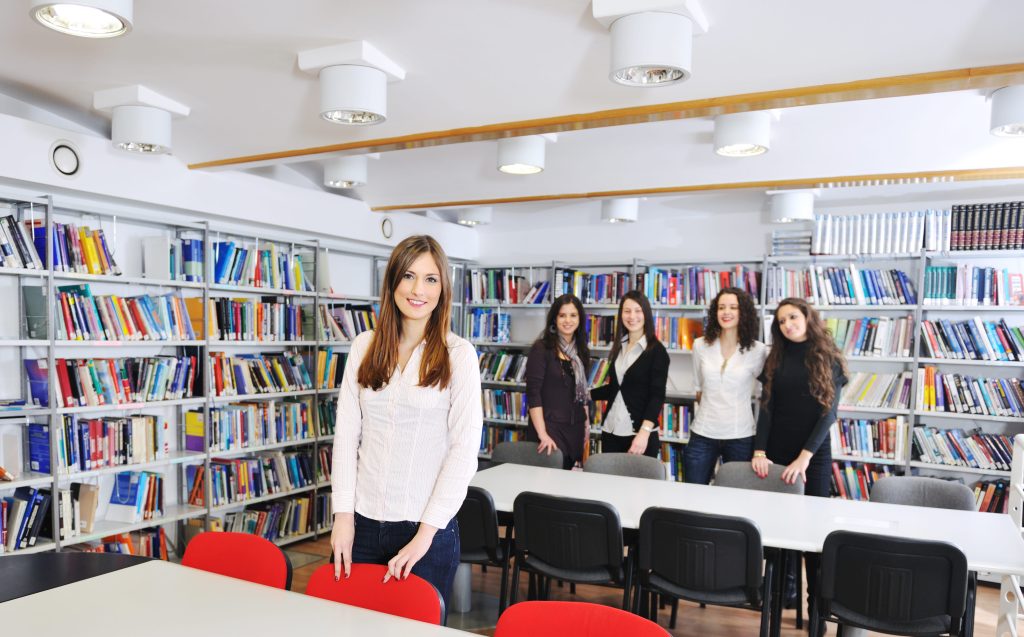
IEFA Blog

Study Abroad by Numbers
The latest data covering international students in the USA and American students studying abroad has been released – here are the highlights: International Students in the US: Over 1 million international students studied in the US in 2019/20, including those taking an academic program and those on OPT (Optional Practical Training). That’s over 5% of…

TVC: Life After Lockdown Winners
IEFA sends our warmest congratulations to Fiqah Rahman, the winner of the $4,000 Grand Prize winner of the InternationalStudent.com TVC: Life After Lockdown for her entry “In the Light of Covid-19”. Fiqah, who comes from Brunei, is pursuing a Masters degree in Documentary Filmmaking at New York University and hopes to diversify the film industry by…

Scholarships for international students: How can you get full scholarships?
Understanding scholarship opportunities The world of scholarships can be overwhelming, but understanding the different types of scholarships available can make the process more manageable. International students have access to a variety of scholarships that can significantly reduce the financial burden of studying abroad. Here are some common types of scholarships: Merit-based scholarships: These are awarded…

Can You Get Financial Aid For Studying Abroad
If you’re a student from the United States, you could be eligible for financial support through the standard federal FAFSA program, meaning studying at a foreign university may not be as difficult to finance as you’d imagined! You might want to study abroad as part of an exchange program for a semester or an academic…

Life After Lockdown Travel Video Contest
For 15 years, InternationalStudent.com has been organising a contest for international students to create a video about an aspect of their life and their experiences or hopes of studying abroad. Despite the very different landscape for international student travel we’re experiencing in 2020, InternationalStudent.com is bringing the contest back – and this year it has…

How to find international or study abroad scholarships for 2021
Who Provides Study Abroad Scholarships? Scholarships can come from many different sources and you’re typically eligible to receive more than one form of financial support. Review the guidelines for each scholarship or award to see what opportunities you qualify for. There are various sources of funding for the financial aid, such as: Schools and Universities…

Studying in the United States vs. Canada
In this post we’re comparing studying as a foreign student in the USA with studying in Canada – if you’re interested in studying in either country then you’re in the right spot-as we will discuss some of the big advantages of studying in each. Now let’s dive straight in! Why you should think about studying…

Financial aid for international students in the U.S. explained
In this video we break down all the Financial Aid Opportunities for International Students in the US. If you’re specifically looking for a loan, then you can use the tool on our site to see if you are eligible. If you’re looking for a scholarship, then you can search through our database on our Scholarships…

STEM and Computer Science Students Eligible to Get $1,000 Scholarship Fund
The world we are currently living in is a society that thrives and depends heavily on computers and technology so this 2019-2020. Gone are the days when we can function at our best without all the needed technological complexities. Now, we not only need the right equipment and computers but also the right minds to…

Zuckerman STEM Leadership Program
The Zuckerman STEM Leadership Program supports future generations of leaders in science, technology, engineering, and math in the United States and Israel and, over time, fosters greater collaboration between the world’s most advanced scientific research centers. The program provides scholarships through the following initiatives: The Zuckerman Postdoctoral Scholars Program attracts high achieving postdoctoral scholars from…
Get the Financial Aid Newsletter




